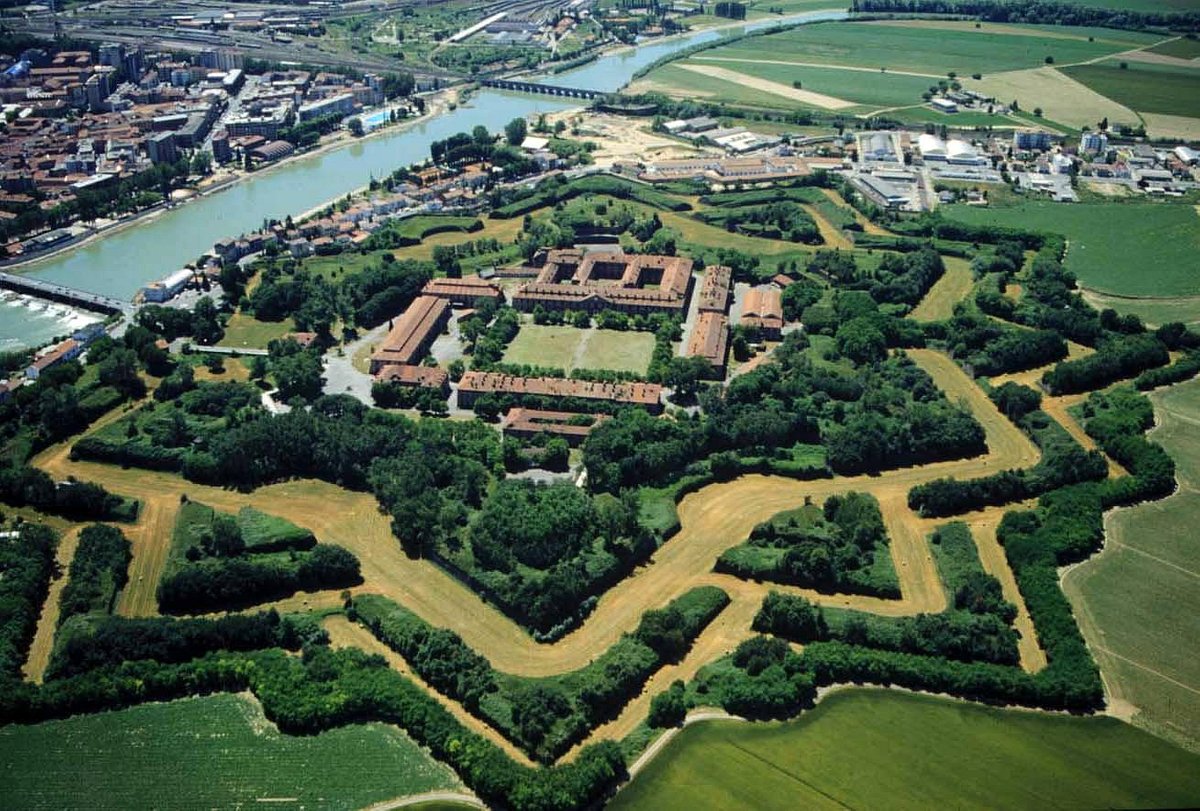Alexandria

«Alexandria was not founded overnight as legend has it. It was a collective, slow, tiring undertaking, the result of collaboration by different peoples. »(Umberto Eco from ... The citadel to be recycled, in AA.VV., Alessandria is a comfortable armchair: do you sit and fall asleep?!, Page 9)
The city of Alexandria was initially founded by the demic union of Gamondium (Gamondio), Marenghum (Marengo) and Bergolium (Bergoglio).
This is evident in the text of the complaints against Cremona of 1184 by the emperor Frederick where he indicates the promoters and authors of the foundation of the new city: "de tribus locis, Gamunde vicelicet et Meringin et Burgul". The name of the meeting place is not described, although it seems already indicated with some precision in the specification of the site on the Tanaro where the transfer was shorter: Bergoglio.

The three places mentioned were later joined by Roboretum (Rovereto), Solerium (Solero), Forum (Villa del Foro), Vuilije (Oviglio) and Quargnentum (Quargnento). In this the populations were supported, economically, by the "Superba" and by the communes of the Lombard League in contrast with the Marquisate of Monferrato, the main ally of Federico Barbarossa.
The official date of foundation of Alexandria is May 3, 1168, although at that time it has already reached a defined topographical, urban and administrative configuration. The name "Alexandria", confirmed later, will be taken in honor of Pope Alexander III, a broad supporter of the actions of the Lombard League against the Holy Roman Empire and who had excommunicated Frederick Barbarossa.

On 29 October 1174 Alexandria suffered an attack by the imperial forces who had already conquered Susa and Asti in the previous months and which, however, remained blocked in front of the moat that surrounded the city: thus began a long siege that ended on 12 April 1175, Good Friday, with the surrender of Barbarossa's men.
In 1183 after the Peace of Constance and on the orders of the Empire, the city took the name of Caesarea, but kept it for a short period. In 1198 it became a free municipality.
In the Middle Ages Alessandria maintained the condition of a free municipality for over two centuries, entering into conflict with the nearby Casale, which was still part of the Marquisate of Monferrato, with Asti and Pavia, which feared its possible expansion. The city, then known by the name of Alessandria della palude, later passed under the protection of the Visconti and subsequently under the Duchy of Milan. It was probably at the beginning of the 13th century that the Jews settled in the city, where over time they founded a synagogue there.

The city center is characterized by the vastness of Piazza della Libertà, formerly Platea Maior. The parade ground wanted by Napoleon was obtained through the demolition, in 1803, of the ancient cathedral of the thirteenth century by the architect Ruffino Bottino. At the beginning of the 2000s, the remains of the foundations for in-depth studies were brought to light and then covered. At the center of it stands the statue of Urbano Rattazzi, the work of Ferruccio Pozzato, which replaces the older cast by Giulio Monteverde, demolished to obtain metal in 1943, during the Second World War.
Video: Alexandria
Map: Alexandria
Address: Piazza della Libertà , 1, 15121
(AL) Piemonte
Latitude: 44.9085874
Longitude: 8.6139815
Site: http://www.comune.alessandria....
vCard created by: BBCC
Currently owned by: BBCC
Type: City
Function: Public place
Creation date:
Last update: 17/08/2021